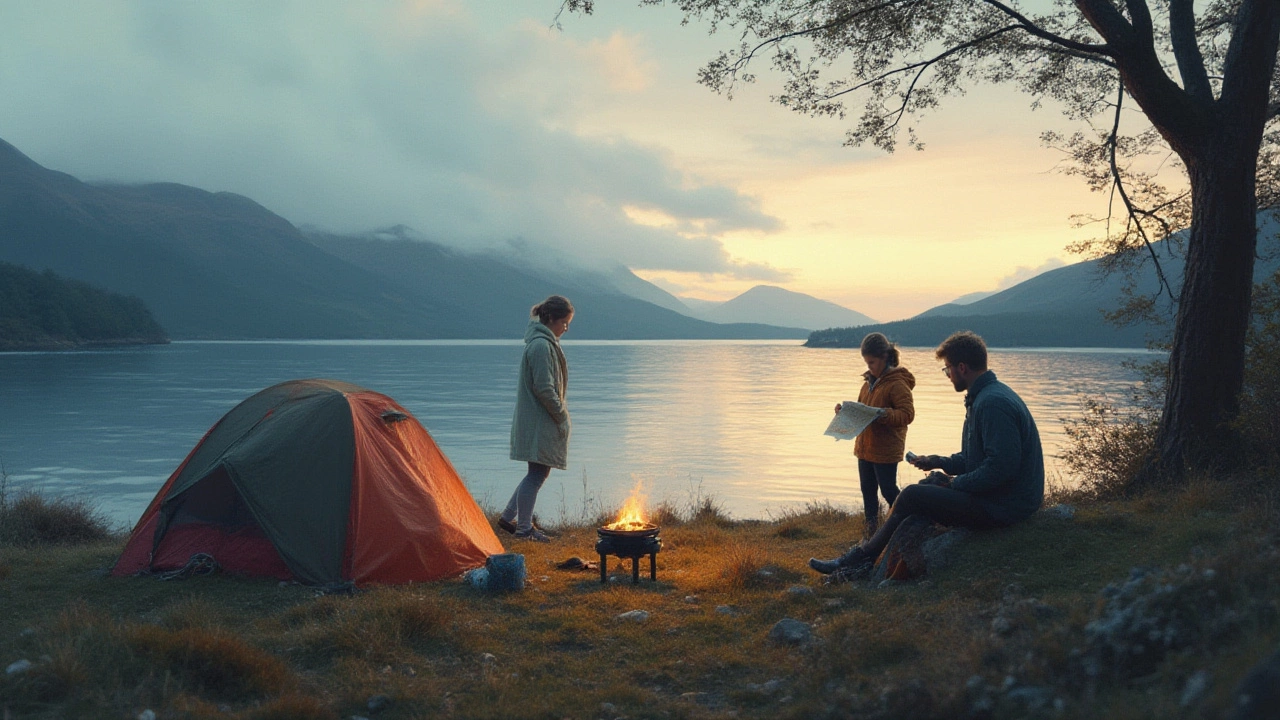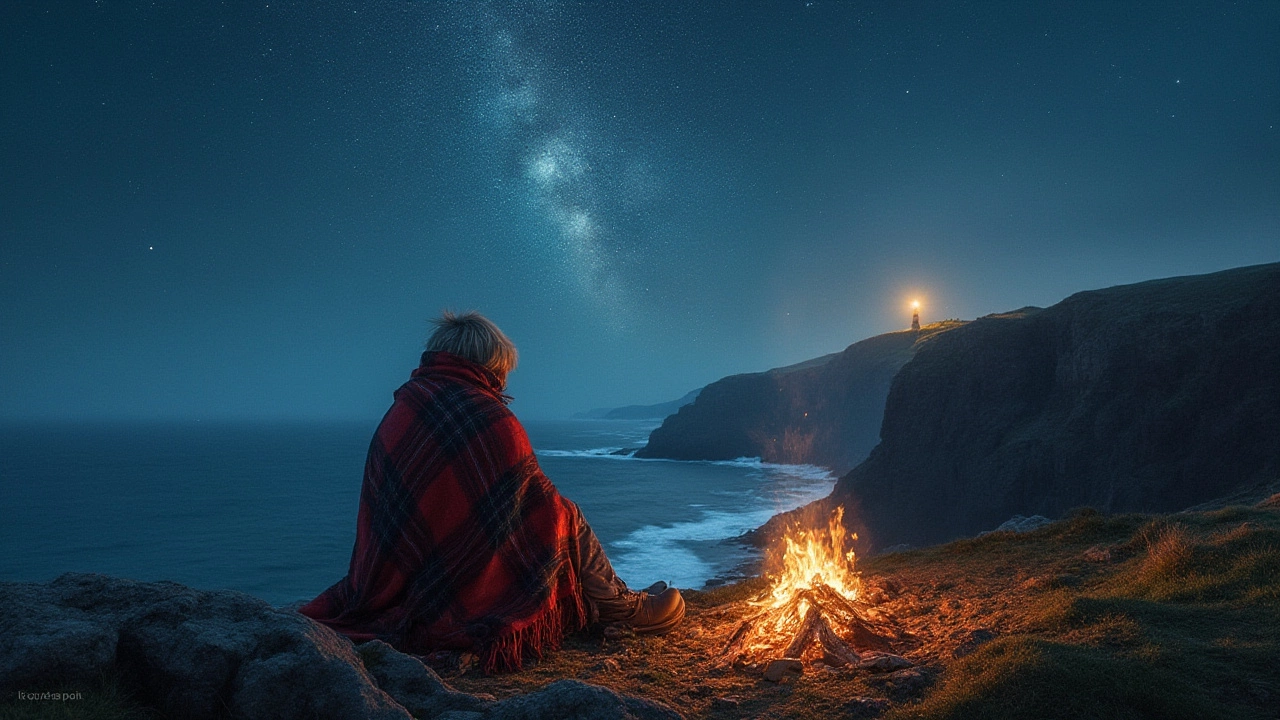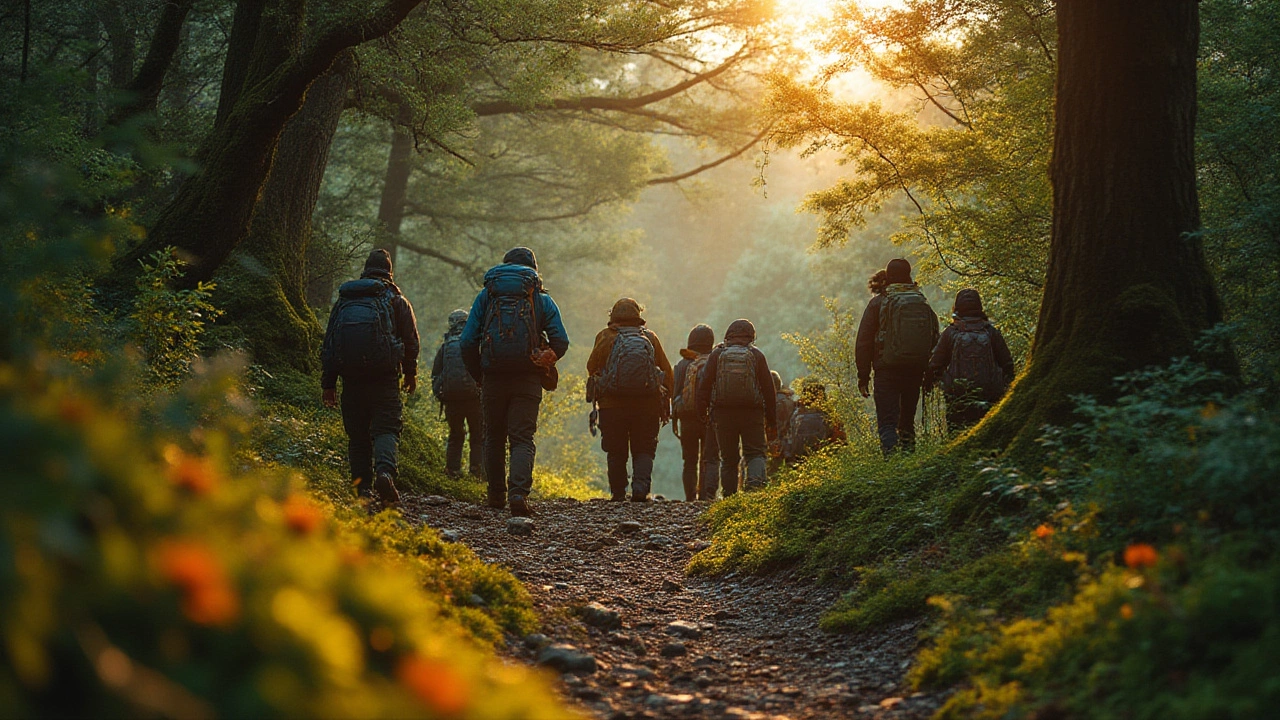Ever wake up to the sound of nothing but wind and the occasional call of a distant owl, knowing you’re miles from the nearest caravan or public washroom? That electric mix of freedom and vulnerability is what fuels the growing craze for rip camping. For a lot of people, this isn’t just camping—it’s an untamed rebellion against packed campsites, reservation apps, and civilization’s neat lines. Yet, the very name ‘rip camping’ sounds like mischief—and to be fair, it often is. If you’ve heard stories about folks bedding down wherever their boots take them, you’ve just brushed up against this wild new world of outdoor adventure.
What is Rip Camping and Where Did It Come From?
Let’s call it what it is: rip camping basically means wild camping, but with a bit more swagger. Instead of settling for pre-marked tent pitches and official fire rings, rip campers drop their sleeping bags in places that look and feel right—even if there’s no sign or welcome mat. This style grew out of the UK’s rich tradition of wild camping, a practice stretching back to when walkers, climbers, and misfits just wanted to drift off under open skies, away from rules. The term ‘rip’ supposedly comes from ‘rip up the rulebook’—a nod to doing your own thing, off the record. So, why is it catching on now? Blame crowded sites, social media, and a kind of outdoor FOMO. Since the pandemic hit, more people are craving real, raw experiences, and sometimes that means sliding quietly off the grid.
It’s not just rebels and lone wolves who are hunted by the freedom bug. Families, solo travelers, and even couples looking for something spicier than a spa weekend are joining in. You’ll spot them squeezed into mountain hollows with tarps, beside shady rivers, or tucked against the lee of old stone walls. What makes rip camping different? No reservations. No fees. No amenities. Just you, your gear, and a healthy respect for the land. In some places—think Scotland’s right-to-roam laws—you’re even legally entitled to wild camp, so long as you play by Leave No Trace rules. Elsewhere in the UK, the legal line gets fuzzier. Councils and landowners have their reasons for clamping down, from protecting wildlife to keeping historic sites unspoiled.
If you’ve stumbled across viral hashtags like #ripcampingUK or followed TikTokers unpacking half their lives in the hills, you’ll see how the movement is spreading. A few years back, a survey by the Camping and Caravanning Club found that wild camping searches had jumped by 65% in just a year. While there’s no formal data on rip camping numbers, chat with any hiker in the Lake District and you’ll get stories of tents suddenly popping up wherever the vibe is right. Sure, this makes for wild evenings under more stars, but it also means learning a new set of unspoken rules—ones as important as which way to pitch your tent when the wind screams overhead.

The Unspoken Rules, Challenges, and Rewards of Rip Camping
At its heart, rip camping is more about mindset than mileage. You’re not just camping far from civilization; you’re choosing to live with fewer safety nets for a night or two. This brings its share of challenges—and not just from the weather. The unofficial code is clear: you pick your spot late, leave early, and leave no trace. Campers who ignore this risk angering landowners and messing things up for everyone else. The golden rule is simple: if you can’t tell you were there in the morning, you’ve done it right. Light fires only when it’s safe and legal (and nearly always with your own wood or a camp stove), keep voices low, and steer clear of crops, livestock, and private homes.
Legal headaches are probably the biggest myth-hole in the rip camping world. In most of England and Wales, wild camping is technically forbidden without the landowner’s okay, except a few scruffy spots on Dartmoor or with rare, unofficial winks elsewhere. In practice, responsible rip campers rarely get hassle—locals are much more likely to grumble if you leave rubbish or make a mess. Scotland’s different, with its Land Reform Act of 2003 opening up mountains, glens, and lochs for all kinds of low-impact camping, so long as you respect the land and people you share it with. Wild camping has never been about crowding beauty spots—the point is to find your own slice of wild and leave it better than you found it.
- Pick your site at least 100 meters from roads and trails.
- Set up late in the day and tear down before dawn if you want to stay under the radar.
- Always pack out what you pack in, including—yes—even the gross stuff.
- If you have to answer nature’s call, dig a little cat hole and bury everything at least 15cm deep. Far from water, too.
- Fires are risky and often illegal if not done smart, so know the law, pack a stove, or skip the flames.
- Never rip camp in nature reserves, farmers’ active fields, or near ancient ruins.
What’s in it for you? A night of wild camping resets your senses in ways even luxury glamping can’t match. One rip camper told The Guardian in 2023, “It’s like recalibrating your brain after too much screen time. Silence, wind, rain on the flysheet—suddenly you remember you’re just another animal out here.” Risks are real, of course. Getting soaked, lost, or feeling the wrong kind of exposed are all on the table, especially if you don’t research the land or check the weather. Still, for many, that edge is the draw. Being miles from Wi-Fi and fences means you can actually hear what the woods are saying—or if you’re in Scotland, feel midges nibbling your ankles.
Survey data from outdoor gear brand Alpkit showed that over 70% of wild campers do it mainly for the escape and solitude. Another fun stat: rip camping’s reputation for minimal environmental impact stands up—less than 2% of wild campers received complaints from locals or authorities in recent studies, compared to much higher numbers for official campgrounds. This does mean peer pressure to do things right is intense. Forget any romantic visions of all-night campfires, booming music, or inviting 12 of your closest friends. Real rip camping is small, quiet, and as invisible as possible. The reward? Waking up somewhere you genuinely can’t see a soul.

Rip Camping Tips and Gear for UK Adventurers
If you’re keen to try rip camping, it’s tempting just to sling a sleeping bag and a sausage roll and wing it. But a little planning makes all the difference between waking up refreshed and stumbling home caked in mud. First, choose your essentials wisely: a lightweight, tough tent (or just a bivvy bag for the truly brave), a decent sleeping mat, and a warm three-season sleeping bag—even midsummer UK nights can bite. A compact burner trumps a campfire nearly everywhere, both to stay within the law and to avoid singeing the ground. Don’t skip a map, compass, and fully charged phone; GPS is handy, but trust goes to whichever gets a signal when you’re truly lost.
- Bring a water filter or purification tablets. That wild stream looks fresh, but cow fields upstream could say otherwise.
- A headlamp with spare batteries beats your phone’s torch every time.
- Waterproof everything. Dry bags and ziplocks save your food, socks, and phone from a sudden downpour.
- Knots, like a taut-line hitch, are boring until the wind picks up. Practice a few—your future self will thank you.
- Wildlife can get nosy in the night (badgers in the south, red deer up north), so stash snacks securely.
- If a farmer shows up, be honest and polite. Nine times out of ten, a good attitude (and a tidy camp) wins respect or at least a friendly warning for next time.
Still curious about where other rip campers are going? Here’s a handy overview of the most popular wild camping hotspots in the UK, based on both formal studies and user reports from outdoor forums:
| Region | Wild Camping Friendliness | Notable Spots |
|---|---|---|
| Scotland | High | Cairngorms, Loch Lomond, Isle of Skye |
| Lake District | Medium (unofficial, tolerated) | Great Gable, Scafell Pike |
| Dartmoor | Officially allowed in marked areas | East Dartmoor, Bellever Tor |
| Wales | Low (requires permission) | Snowdonia remote valleys |
| Peak District | Low (requires permission) | Kinder Scout, Bleaklow |
Gear ticks the boxes, but just as crucial is your attitude. Rip camping only works if everyone plays it low-key—and kind. Always tell someone where you’re headed (even if you want off-grid vibes), and bring a bit extra food in case the weather pins you down for another night. Respect the right to wild spaces by picking up even the smallest scraps, and remember: no wild selfie is worth trashing the spot for those who come after.
Maybe you’ll come away with wet boots, aching shoulders, and a new dislike for midges. But you’ll also get something else—stories, perspective, and a reset button few other adventures can match. Rip camping isn’t for everyone, and that’s part of why the wild remains wild. If it grabs you, it’s hard to shake the habit. That’s the magic. See you out beyond the fences.
